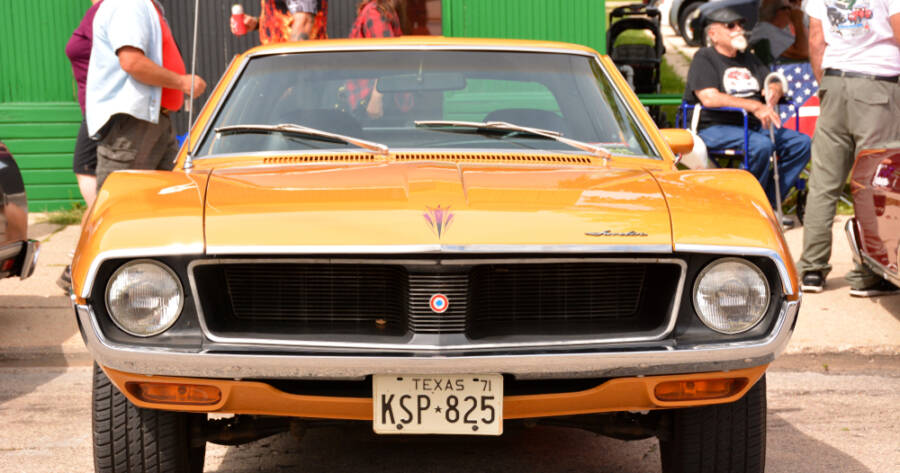Vintage cars possess a timeless charm that continues to captivate enthusiasts and collectors worldwide. Despite the technological advancements of contemporary vehicles, classic cars hold unique qualities that evoke nostalgia and admiration. Exploring these enduring attributes reveals why vintage automobiles remain cherished icons within the automotive landscape.
The Allure of Design and Craftsmanship
Vintage cars are celebrated for their exquisite craftsmanship and distinctive design. Each model reflects a unique era, offering a glimpse into the artistic and engineering values of the past. The flowing lines, detailed ornamentation, and elegant curves of classic vehicles present a beauty often considered absent in today’s designs.
Beyond aesthetics, the craftsmanship involved in creating these automobiles exemplifies precision and skill. Many vintage cars were assembled by hand, using fine materials and techniques. This attention to detail results in unique vehicles that collectors appreciate for their authenticity and individuality.
Historical Significance and Cultural Impact
Classic cars serve as rolling historical artifacts, each with a story that resonates with cultural and social evolution. Significant models often represent milestones in automotive history, reflecting innovation and change within the industry. For enthusiasts, owning a vintage car connects them to pivotal moments in automotive progress.
Culturally, these cars have become symbols of particular eras, influencing fashion, film, and art. Iconic vehicles like the Ford Model T or the Volkswagen Beetle transcend mere transportation, representing widely recognized cultural icons. Their presence evokes nostalgia and offers a tangible link to the past, preserving both memory and heritage.
Driving Experience and Mechanical Engagement
The driving experience of a vintage car is distinctly different from modern vehicles. Without the digital assist systems found in contemporary cars, driving a classic demands direct mechanical engagement. For many enthusiasts, this hands-on interaction deepens their appreciation for the vehicle and fosters a unique connection.
The sound of a vintage car’s engine, the tactile feel of the steering, and the manual gear shifting contribute to an immersive driving experience. This mechanical purity appeals to those who value simplicity and authenticity over modern convenience. The challenges and rewards of maintaining and driving classics add to their allure.
Contemporary Innovations and Advancements
Modern vehicles boast advancements in technology, safety, and efficiency. From advanced driver-assist systems to eco-friendly engines, contemporary cars focus on enhancing comfort and convenience. Innovations such as hybrid and electric powertrains reflect the industry’s shift toward sustainability.
Safety features like airbags, ABS, and stability control offer assurances aging classics may lack. User-friendly interfaces and connectivity solutions promote an effortless driving experience appealing to today’s convenience-driven consumers. Contemporary designs reflect rapid technological evolution, catering to diverse consumer needs with adaptability and innovation.
The Intersection of Old and New
Some enthusiasts seek a marriage between classic aesthetics and modern technology, resulting in restomod vehicles. These cars maintain their vintage exterior charm while incorporating contemporary enhancements, such as updated engines, brakes, and infotainment systems. Restomods offer a blend of nostalgia with reliability, allowing for a personalized driving experience.
This trend caters to those who appreciate the beauty of vintage cars but desire modern conveniences and performance. By bridging the gap between past and present, restomods create a space where enthusiasts can enjoy the best of both worlds. The process allows car lovers to craft unique vehicles tailored to individual tastes.
Investment and Collectibility
Vintage cars often represent significant investment opportunities. Their rarity and desirability can lead to appreciating values over time, making them attractive to collectors. Limited production runs and iconic status often contribute to a model’s value, with certain classics commanding high prices at auctions.
In contrast, contemporary cars typically depreciate quickly, though technologically advanced models may hold long-term value in niche markets. For those interested in both investment and enjoyment, classic cars offer a means to preserve history while potentially realizing economic gains. Understanding market trends and model histories can guide collectors in making informed decisions.
Learn More Today!
The enduring appeal of vintage cars lies in their timeless design, historical significance, and unique driving experience. While contemporary vehicles excel in technology and convenience, classic cars continue to captivate enthusiasts with their charm and elegance.
Embracing the qualities of both eras allows car lovers to appreciate the diverse spectrum of automotive excellence, celebrating innovation while honoring tradition.

